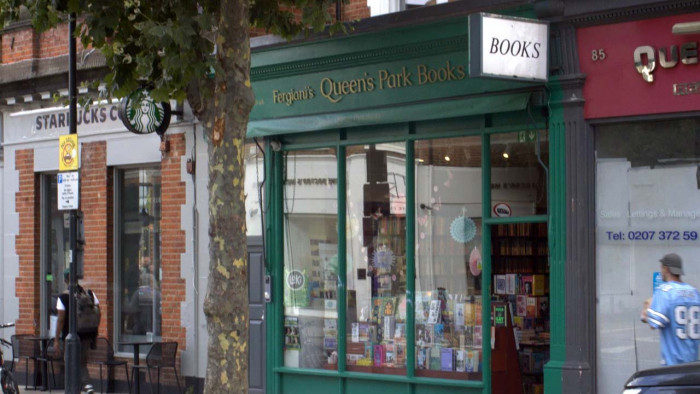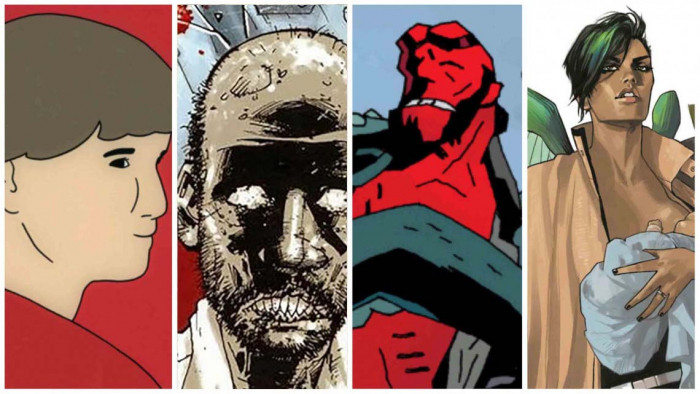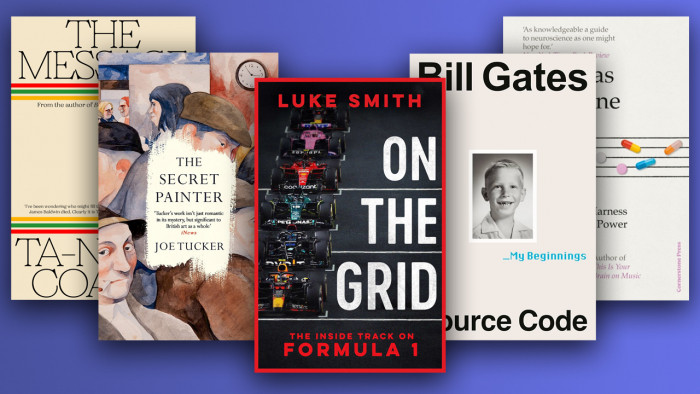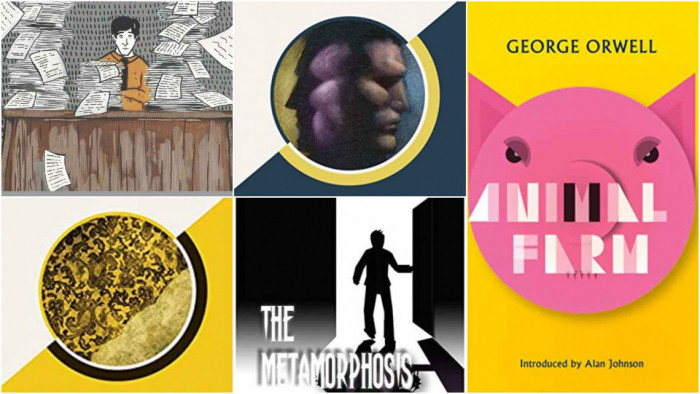15 Things You Probably Don't Know About Catcher In The Rye
Here's what you may not know about a novel that still has the ability to stir up outrage...

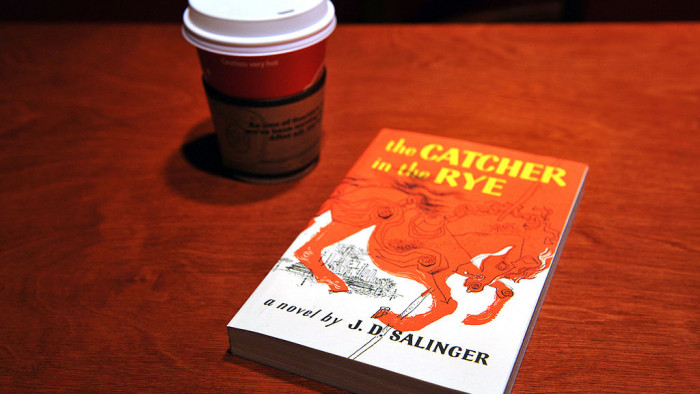
It's been some 72 years since J.D. Salinger's masterpiece Catcher in the Rye was published as a novel, having been serialised some five years before.
Despite its age, it's still deemed one of the best depictions of teenage angst and isolation. The book has been no stranger to controversy, having gone through censorship in the Sixties and briefly appearing on Banned Book Lists in the US.
That's all pretty much well known, though, so here's what you may not know about a novel that has the ability to stir up outrage in conservative parents throughout the ages. Get ready for some Catcher In The Rye facts.
Main image: MANDEL NGAN/AFP via Getty Images
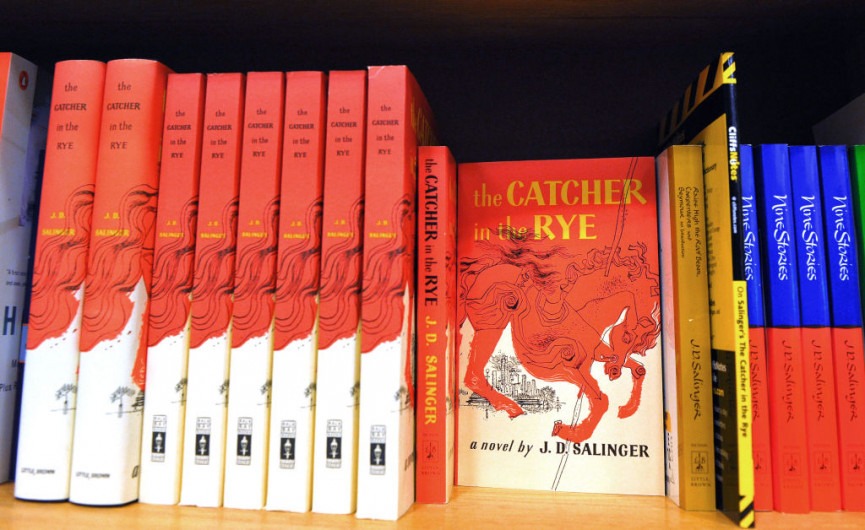
1. Around 685 copies of the book are sold every day (250,000 a year).
2. In 1946, J.D Salinger offered excerpts of The Catcher in the Rye to The New Yorker, but the editors did not run any of it because they didn’t think Holden Caulfield was believable. We’re presuming they skipped straight from childhood to adulthood with nothing in-between.
3. It’s well known that the book has been banned numerous times, but in 1978 the book was banned in high schools in Issaquah, Washington for being part of "an overall communist plot".
4. In 1981, it was simultaneously the most censored book and the second most taught book in public schools in the United States.
5. It was still one of the most frequently challenged books in the US until 2009.

6. Mark David Chapman, the man who shot John Lennon, was reading a copy of book when he was arrested. Chapman believed that after killing Lennon, he would take on the soul of Holden. He once said “the reason I killed John Lennon was to promote the reading of J. D. Salinger’s Catcher in the Rye” and had even attempted to change his legal name to Holden Caulfield.
7. Another murderous fan of the book was John Hinckley Jr, the guy who tried to assassinate Ronald Reagan in 1981. The police found a copy of the book in his living room and Hinckley said he shot Reagan to impress actress Jodie Foster, whom he’d been stalking.
8. The word “phony” appears 35 times in the book, “crazy” appears 77 times, and “goddamn” appears 245 times. Happy only appears 7 times.
9. Salinger served in the US Army during WWII and was involved in the 1944 invasion of Normandy. He was reportedly carrying six chapters of his work with him when he landed on Utah Beach on D-Day.

10. During the campaign from Normandy to Germany, he met Ernest Hemingway, with whom he went on to exchange letters. Despite Holden Caulfield's dislike of Ernest Hemingway’s A Farewell to Arms, there was no bad blood between the authors.
11. Salinger legally stopped a Swedish man for publishing a book that depicted Holden Caulfield in his 60s on the run from a nursing home in 2009. Salinger’s lawyers managed to block its publication in the US until Salinger’s copyright expires. It is however available in the UK under the authorial pseudonym John David California.
12. It’s never successfully been made into a film. Despite many actors trying to adapt the novel (including Marlon Brando, Jack Nicholson and Leonardo Di Caprio) it’s never worked. Salinger thought that Caulfield would come across contrived if his words were spoken rather than read and once said “I toy very seriously with the idea of leaving the unsold rights to my wife and daughter as a kind of insurance policy. It pleasures me no end, though, I might quickly add, to know that I won’t have to see the results of the transaction.”
There is a film of the life of JD Salinger, though, called Rebel in the Rye and starring Nicholas Hoult... he also depicted J. R. R. Tolkien in another biopic.
13. But if it were ever to be made well, Holden Caulfield is supposed to look like Freddie Bartholomew, a child actor from the 30s.

14. Salinger's father was a successful meat and cheese merchant who sent him to Austria to brush up on the trade before WWII. Salinger left after only a month, escaping both the meat trade and the Nazis. And we avoided losing one of the greatest writers of the century.
15. It’s thought that the book is what gave traction to the saying “screwed up” and made it a popular colloquialism. Holden said "boy, it really screws up my sex life something awful. My sex life stinks." If there were no other, it would still be a great legacy.
- These are the coolest books of all time

